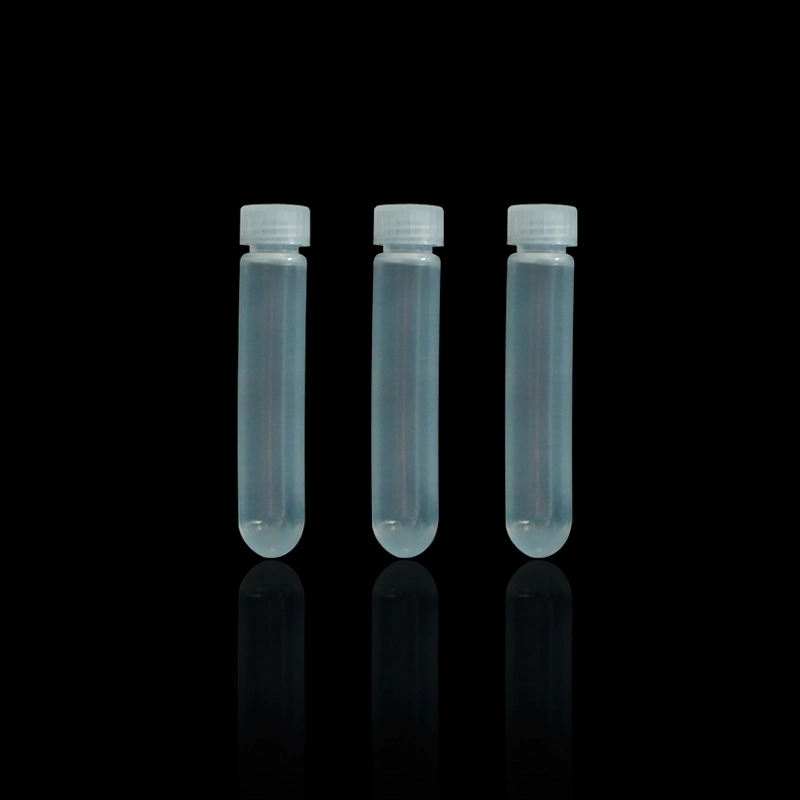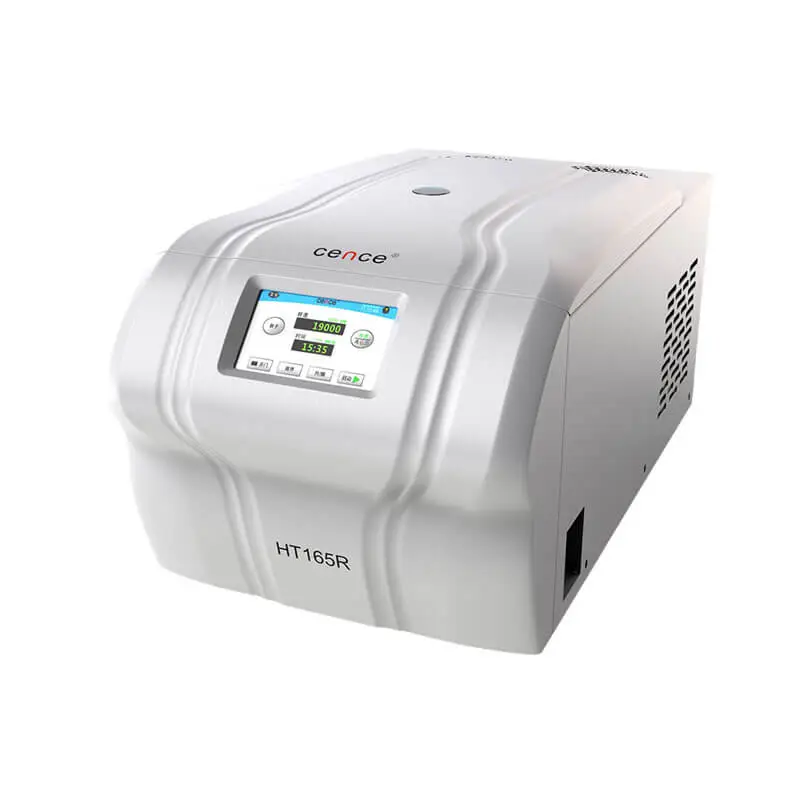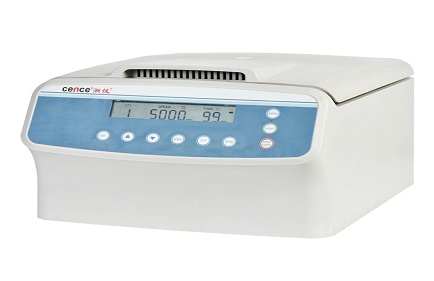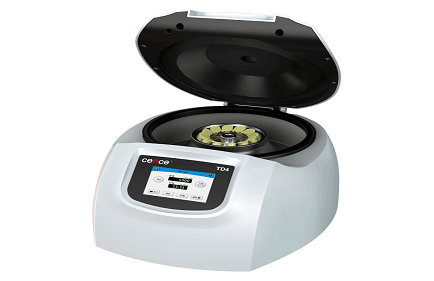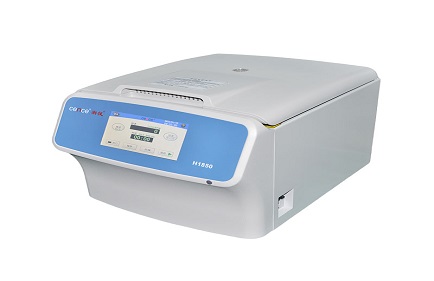As we all know, centrifuge is the best choice for separating samples. Those who have used centrifuges are surely familiar with centrifuge tubes, but those who have not used centrifuges surely do not know what centrifuge tubes are. In fact, centrifuge tube is one of the important centrifuge accessories. It is mainly used to contain experimental samples. When we use it, the first thing we need to use is the rotor, and the centrifuge tube needs to be put in the rotor. The reason why the centrifuge tube is one of the important accessories of the centrifuge is that without the centrifuge tube, the sample cannot be loaded.
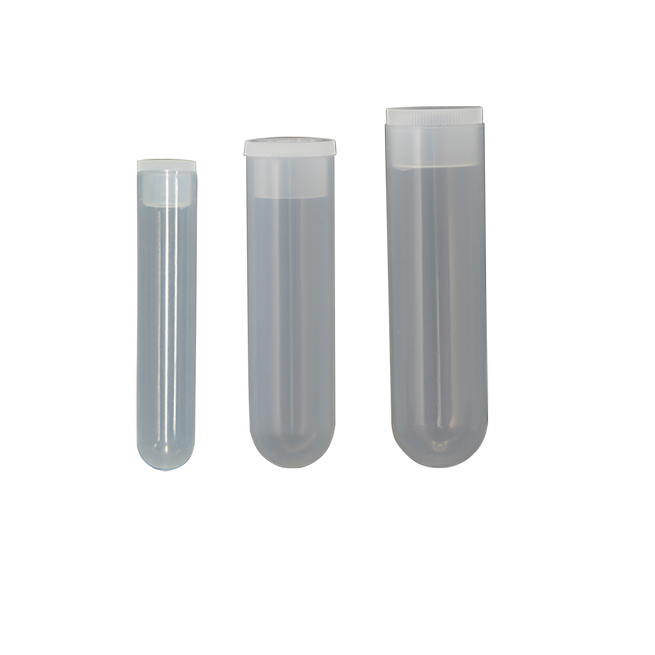
So, after understanding the role of centrifuge tubes, do you know how to choose them? I believe that even those who have used centrifuges will not be very clear. Then the next editor will take you to understand how to choose a centrifuge tube.
Centrifuge tube is mainly made of glass, plastic and stainless steel, the use of glass tubes when the centrifugal force should not be too large, the need to pad rubber pads to prevent the tube from breaking, high-speed centrifuges generally do not choose glass tubes. If you want to know how to choose a centrifuge tube, the first thing to say about the material. There are generally three kinds of centrifuge tubes, one is plastic centrifuge tube, the second is glass, and the third is steel.
Generally speaking, the commonly used centrifuge tube is plastic, the advantages and disadvantages are obvious, the advantage is that its hardness is small, and we can use the puncture method to get the substance we need. But this is also its disadvantage. Due to the low hardness, it is also easier to deform and has poor corrosion resistance, so it has a shorter life span.
Centrifuge tube plastic can also be selected based on material, including polyethylene (PE), polycarbonate (PC), and polypropylene (PP). Plastic centrifuge tubes are generally disposable in large laboratories, but are generally recycled by laboratories. Recycling is not recommended because it can cause inaccurate experimental results. However, if recycling is necessary, Benshaw still recommends using centrifuge tubes made of polypropylene, which are then sterilized under high pressure and high temperature. pp is the best among the above three materials, so we try to choose centrifuge tubes made of pp when choosing.
Secondly, glass centrifuge tube, as we all know, is very easy to break, so if we choose it, the centrifugal force must not be adjusted very high, the glass centrifuge tube should be cushioned with a rubber mat to avoid breaking, the advantage is that the tube is transparent, which is conducive to observing the separation.
Then, the centrifuge tube is widely used because of its high hardness, heat resistance, frost resistance, and no deformation. Normally, steel centrifuge tubes are recycled.
To summarize, centrifuge tubes are made of pp plastic or steel as much as possible. Because the glass material is easy to break and requires high separation speed, the rotational speed should be controlled within 2000rpm/min, which is generally not selected. The choice of centrifuge tube can also depend on the size of the sample to be separated, such as micro, ordinary, large capacity or centrifuge bottle.
 English
English 한국어
한국어 français
français Deutsch
Deutsch Español
Español italiano
italiano русский
русский português
português العربية
العربية tiếng việt
tiếng việt Indonesia
Indonesia


